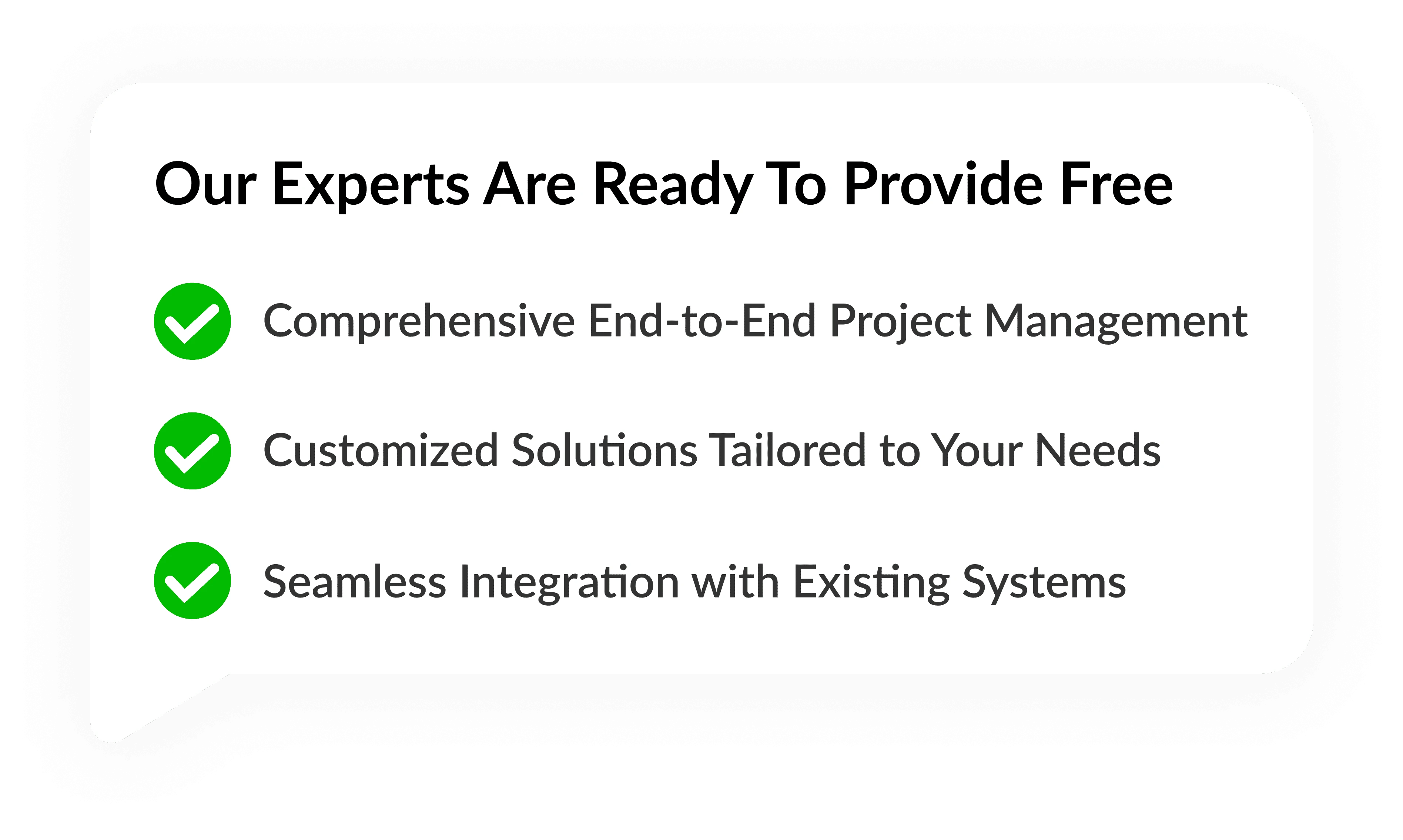AWS Lambda Pricing: An Estimated Cost to Run a Server-less App

APR, 5, 2024 15:30 PM
AWS Lambda Pricing: An Estimated Cost to Run a Server-less App
In today's rapidly evolving cloud computing ecosystem, AWS Lambda stands as a cornerstone, empowering developers globally with its server-less computing capabilities. With businesses increasingly gravitating towards the server-less paradigm due to its scalability, flexibility, and cost-effectiveness, comprehending the pricing dynamics of AWS Lambda has become imperative. This article aims to provide an in-depth exploration of AWS Lambda pricing, shedding light on the intricacies of running a server-less application, particularly within the realm of mobile app development in the United States.
AWS Lambda operates on a pay-per-use model, wherein users are charged based on the volume of requests and the compute time consumed by their functions. This pricing structure offers inherent advantages, as it ensures that organisations only incur expenses for the resources they actively utilise, aligning perfectly with the dynamic nature of modern applications.
Understanding AWS Lambda Pricing
AWS Lambda, a key component of Amazon Web Services (AWS), has revolutionised the way developers build and deploy applications by offering a server-less computing platform. At the core of AWS Lambda's appeal is its pricing model, which operates on a pay-per-use basis. This means that users are charged based on the actual resources consumed by their functions, rather than a flat rate or subscription fee. Let's delve deeper into the nuances of AWS Lambda pricing and explore why it's advantageous for various types of applications.
Factors Influencing AWS Lambda Costs: A Detailed Analysis
In the realm of serverless computing, AWS Lambda has emerged as a powerful platform offering scalability, flexibility, and cost-efficiency to developers. However, understanding the factors that influence AWS Lambda costs is crucial for optimising resource utilisation and managing expenses effectively. Let's delve more in-depth into these aspects to gain a comprehensive understanding.
Request Volume:
The number of requests made to your Lambda functions plays a significant role in determining your AWS Lambda costs. AWS charges you based on the total number of requests processed, irrespective of the execution duration. This means that even if your functions execute quickly, a high volume of requests can significantly impact your expenses. Therefore, estimating and managing request volume is essential for controlling costs. Implementing caching mechanisms, optimising code efficiency, and leveraging AWS services like Amazon CloudFront for content delivery can help reduce the number of requests and mitigate costs.
Execution Duration:
Another critical factor influencing AWS Lambda costs is the execution duration of your functions. AWS Lambda bills you in increments of 100 milliseconds, ensuring that you're charged accurately for the compute time utilized. Longer execution durations result in higher costs, emphasising the importance of optimising code performance and reducing unnecessary processing time. Techniques such as asynchronous processing, parallel execution, and leveraging pre-warmed Lambda containers can help minimize execution duration and lower costs without compromising functionality.
Memory Allocation:
AWS Lambda allows you to specify the amount of memory allocated to your functions, with pricing varying based on the chosen memory size. Higher memory allocation can lead to faster execution times due to increased processing power, but it also incurs higher costs. Therefore, it's essential to strike a balance between memory allocation, performance requirements, and cost considerations. Conducting performance testing and profiling your functions can help determine the optimal memory size for achieving desired performance while minimizing costs.
Additional Services:
While AWS Lambda itself has a straightforward pricing structure, integrating with other AWS services like S3, DynamoDB, or API Gateway may incur additional charges based on their respective pricing models. Data transfer costs, storage fees, and API request charges can add up, especially in complex server-less architectures involving multiple services. Therefore, it's crucial to consider the cost implications of service integration and design your architecture thoughtfully to optimise costs. Utilising features like AWS Lambda destinations for asynchronous invocation, data compression for reducing data transfer, and resource pooling for optimising service usage can help mitigate additional service costs.
Estimating the Costs of a Server-less Mobile App

As businesses increasingly turn to server-less computing for its scalability and cost-efficiency, estimating the costs associated with running a server-less mobile app becomes crucial, especially when leveraging AWS Lambda in the USA. Let's explore a hypothetical scenario of developing such an app and break down the key factors involved in estimating its costs.
Function Complexity: The complexity of your Lambda functions plays a significant role in determining costs. Simplifying your functions by minimising dependencies and optimising code can lead to lower execution times and, consequently, reduced costs. Prioritise efficient coding practices to ensure your functions operate smoothly while keeping expenses in check
.Expected Usage: Estimating the number of requests your app is likely to receive is essential for cost estimation. This projection can be based on factors such as anticipated user activity, API calls, or event triggers. By analysing usage patterns and forecasting demand, you can better allocate resources and plan for potential spikes in traffic, thereby avoiding unexpected cost overruns.
Memory Allocation: AWS Lambda allows you to specify the amount of memory allocated to your functions. It's crucial to strike a balance between performance requirements and cost considerations when deciding on memory allocation. Opt for an optimal memory configuration that meets your app's needs without over-provisioning, which can unnecessarily inflate expenses.
Data Transfer:Consider the data transfer costs associated with your app, particularly if it involves transferring data between AWS services or external sources. Be mindful of data transfer rates and volume, as these factors can impact your overall expenses. Utilise efficient data handling techniques and leverage AWS services like Amazon S3 for cost-effective data storage and retrieval.
Monitoring and Optimisation: Regularly monitoring your Lambda usage is key to identifying opportunities for optimisation and cost reduction. Tools such as AWS Cost Explorer and CloudWatch provide insights into resource utilisation, execution times, and associated costs. By analysing these metrics, you can fine-tune your app's architecture, adjust resource allocations, and implement efficiency improvements to minimise expenses over time.
Conclusion
AWS Lambda Pricing offers a cost-effective solution for running serverless applications, including mobile apps, in the USA and beyond. By understanding the factors influencing costs and estimating usage patterns, developers can make informed decisions to optimise expenses while leveraging the scalability and flexibility of server-less computing.
In the dynamic landscape of cloud computing, staying updated with AWS Lambda pricing changes and optimising resource utilisation is crucial for maximising cost-efficiency without compromising performance. As businesses continue to adopt server-less architectures for their applications, mastering AWS Lambda pricing becomes an essential skill for developers and organisations aiming to thrive in the digital age.
FAQs on AWS Lambda Pricing
Q1. What are AWS Lambda cloud services, and how do they impact pricing?
A1. AWS Lambda offers server-less computing capabilities, allowing developers to run code without provisioning or managing servers. Pricing for Lambda is based on factors such as the number of requests processed and compute time consumed, making it a cost-effective solution for server-less applications.
Q2. How does the cost of running a server-less application compare to traditional hosting methods?
A2. Running a server-less application with AWS Lambda typically incurs costs based on actual usage, whereas traditional hosting often involves fixed monthly fees regardless of usage. Server-less architectures can offer significant cost savings for applications with variable workloads.
Q3. What considerations should be made for estimating the cost of running a server-less app with AWS Lambda for mobile app development in the USA?
A3. When estimating costs for a server-less mobile app developed in the USA, factors such as expected request volume, execution duration, memory allocation, integration with other AWS services, and data transfer should be considered to ensure accurate cost estimation and optimisation.
Q4. Are there any hidden fees or additional charges associated with AWS Lambda pricing?
A4. While AWS Lambda itself has transparent pricing, there may be additional charges for integrating with other AWS services or exceeding free-tier limits. It's important to review the pricing details of all integrated services to avoid unexpected costs.
Q5. What strategies can be employed to optimise AWS Lambda pricing for a server-less application?
A5. Optimising AWS Lambda Pricing involves various strategies, including optimising function performance, right-sizing memory allocation, minimising unnecessary data transfers, leveraging AWS cost monitoring tools, and exploring cost-saving features such as AWS Lambda Reserved Capacity. By implementing these strategies, developers can effectively manage costs while maximising the benefits of server-less computing.




Strategy
Design
Blockchain Solution
Development
Launching
Testing
Maintenance
Contact US!
India

Plot 378-379, Udyog Vihar Phase 4 Rd, near nokia building, Electronic City, Phase IV, Sector 19, Gurugram, Haryana 122015
Copyright © 2025 PerfectionGeeks Technologies | All Rights Reserved | Policy
Strategy
Design
Blockchain Solution
Development
Contact US!
India 
Plot 378-379, Udyog Vihar Phase 4 Rd, near nokia building, Electronic City, Phase IV, Sector 19, Gurugram, Haryana 122015
USA 
1968 S. Coast Hwy, Laguna Beach, CA 92651, United States
Copyright © 2025 PerfectionGeeks Technologies | All Rights Reserved | Policy
